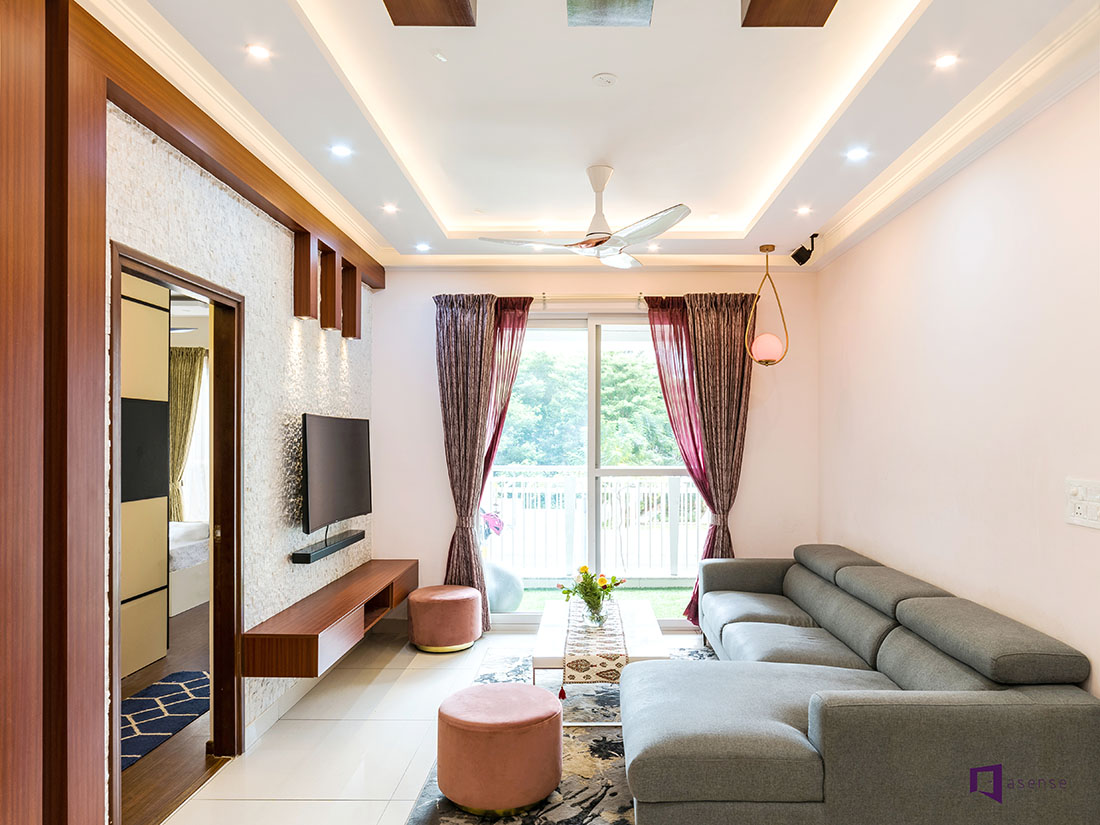Partner with expert interior design firms for a customized aesthetic.
Partner with expert interior design firms for a customized aesthetic.
Blog Article
Change Your Home With Crucial Principles of Interior Decoration and Visual Appeals
By recognizing the impact of shade concept and the value of structure and patterns, one can create rooms that are not just visually attractive but also deeply personal. Attaining this stability includes more than mere decoration; it encompasses a strategic plan and a keen understanding of how each component engages within a space.
Understanding Color Theory
Recognizing the principles of color theory permits designers to produce areas that reverberate emotionally with passengers while meeting functional demands. Each group plays an important duty in establishing consistency within a space.
The mental influence of colors is profound; cozy colors such as reds and oranges stimulate power and warmth, while amazing tones like blues and environment-friendlies promote peace and harmony. Moreover, making use of corresponding colors enhances visual rate of interest, creating striking contrasts that can elevate a room's allure.
Neutral shades, on the various other hand, function as a versatile backdrop, enabling other style aspects to radiate. It is necessary to take into consideration aspects such as illumination and the space's function when choosing a color palette, as these can change the perception of colors throughout the day.
Inevitably, a well-considered color pattern can change a room, promoting a sense of comfort and design that straightens with the residents' choices. Proficiency of color concept is, as a result, a vital skill for any kind of indoor developer aiming to create harmonious and welcoming atmospheres.
Attaining Equilibrium in Style
How can designers attain a feeling of equilibrium in their spaces? Attaining equilibrium in design is fundamental to developing unified insides. Designers can utilize 3 main kinds of balance: balanced, asymmetrical, and radial. Balanced balance entails arranging components uniformly around a central point, promoting a sense of order and serenity. This type typically features sets of furniture or art work, improving visual security.
Unbalanced balance, on the various other hand, relies on varying elements that still accomplish a cohesive appearance. This method enables more vibrant and informal setups, offering passion while keeping balance. By thoroughly picking varying sizes, shades, and textures, developers can develop a visually engaging room that feels balanced yet energetic.
Radial equilibrium emphasizes a central centerpiece with elements radiating outside. This design is typically seen in round formats, where furniture and decoration develop a cohesive border that attracts the eye inward.
Eventually, attaining equilibrium requires thoughtful factor to consider of scale, proportion, and the connections in between components. interior design firms. By skillfully using these balance principles, designers can transform areas into atmospheres that feel both aesthetically pleasing and functionally harmonious, boosting the overall experience for owners
Importance of Spatial Recognition

A keen feeling of spatial recognition permits designers to identify centerpieces within a space, leading the customer's attention to key functions while preserving a general sense of unity. It additionally assists in the strategic positioning of lighting, which can drastically affect the assumption of room and state of mind. Recognizing spatial connections allows the designer to provide to the details requirements of residents, guaranteeing that each area offers its designated purpose without compromising looks.
Inevitably, spatial understanding is important for taking full advantage of the potential of any kind of indoor space. By very carefully thinking about the interplay in between dimensions, format, and feature, designers can create settings that not just meet sensible demands but additionally stimulate a sense of convenience and appeal, enhancing the total living experience.
Incorporating Appearance and Patterns
Accepting a varied variety of appearances and patterns can significantly enhance the aesthetic and tactile charm of an interior area. The strategic usage of various materials-- such as timber, metal, fabric, and rock-- creates helpful resources deepness and interest, making a space really feel much more welcoming and dynamic. For circumstances, integrating smooth surface areas with harsh structures can develop a balance that draws the eye and involves the senses.
When incorporating patterns, consider both scale and repetition. Huge helpful resources patterns can act as centerpieces, while smaller, refined designs can complement other elements without overwhelming the area. Layering patterns, such as pairing flower cushions with striped throws, includes complexity and a sense of consistency if executed thoughtfully.
It is also vital to keep a natural color combination, guaranteeing that structures and patterns work with each other instead of complete for focus. By choosing a few essential textures and patterns, you can create a combined aesthetic that reflects your individual design while improving the general ambiance of the space. Eventually, the careful incorporation of these components can change a mundane space right into a sophisticated environment abundant with personality and warmth.
Individualizing Your Room
Producing a space that reflects your personality is vital to achieving a truly welcoming atmosphere. Personalization in interior design permits you to infuse your one-of-a-kind design and interests right into your home, transforming it from a mere sanctuary into a refuge that speaks with who you are. Begin by selecting a shade palette that reverberates with your emotions-- vibrant shades can energize, while soft tones supply harmony.
Incorporate art work and decor that mirror your passions, whether it be traveling, nature, or abstract concepts. Presenting personal collections, such as publications, photographs, or mementos, can stimulate treasured memories and develop focal points within a room. In addition, think about customizing practical see this items, like upholstered furniture, to straighten with your visual preferences.

Verdict
To conclude, the makeover of a home through the vital concepts of interior decoration and visual appeal demands an extensive understanding of shade concept, equilibrium, spatial recognition, structure, and personalization. Each element adds considerably to producing an unified and practical living environment - luxury interior design. By thoughtfully incorporating these principles, individuals can boost the visual appeal and psychological resonance of their areas, inevitably promoting a home that shows one-of-a-kind identifications while providing comfort and usefulness
Report this page